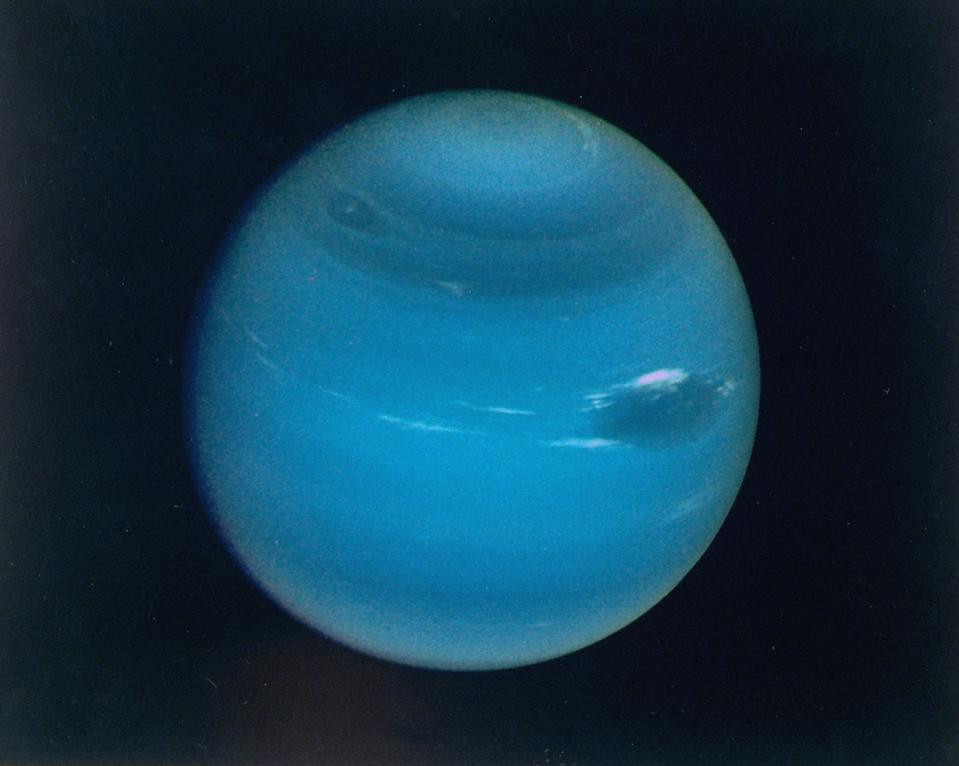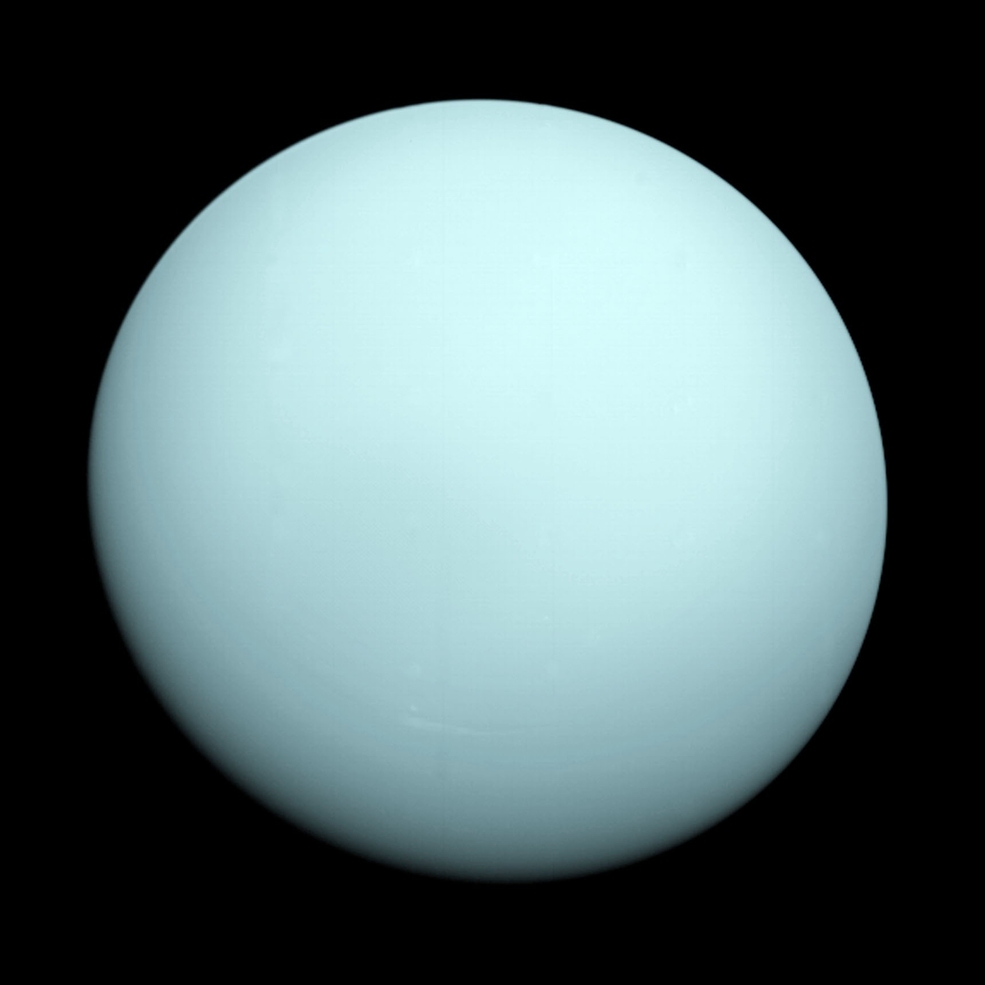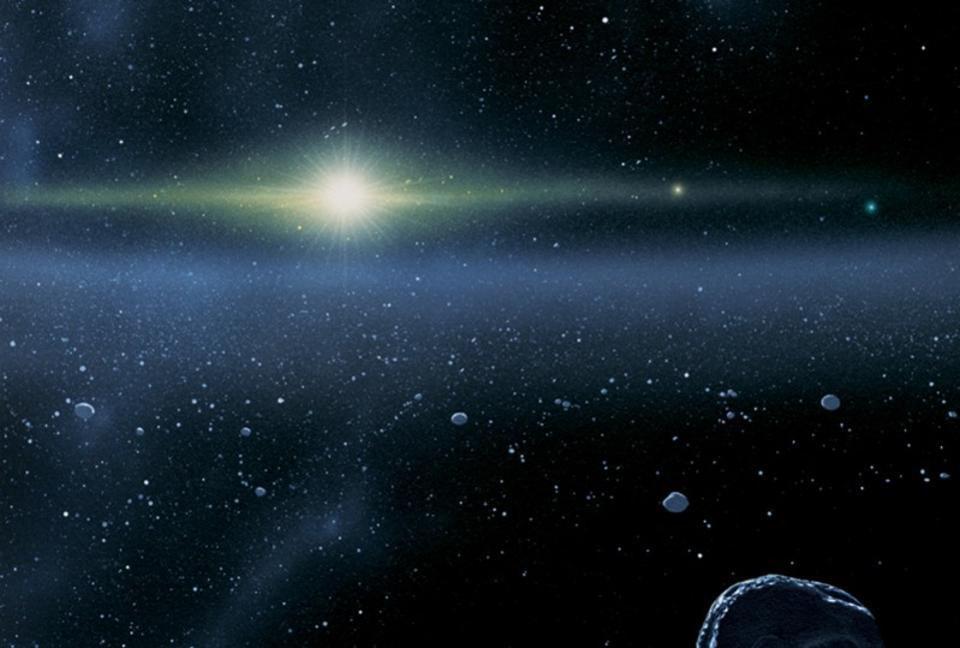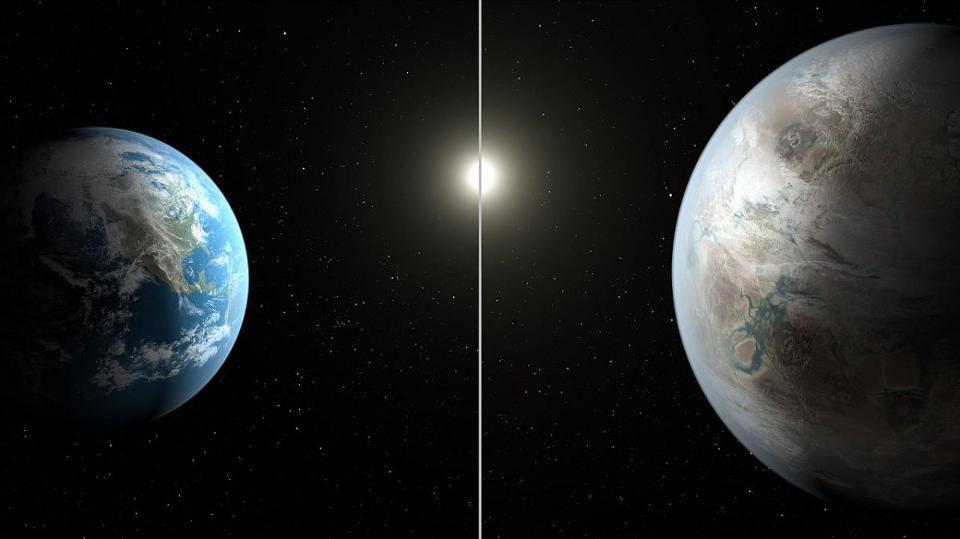Neptune has rings — and you can clearly see them in JWST’s amazing new images
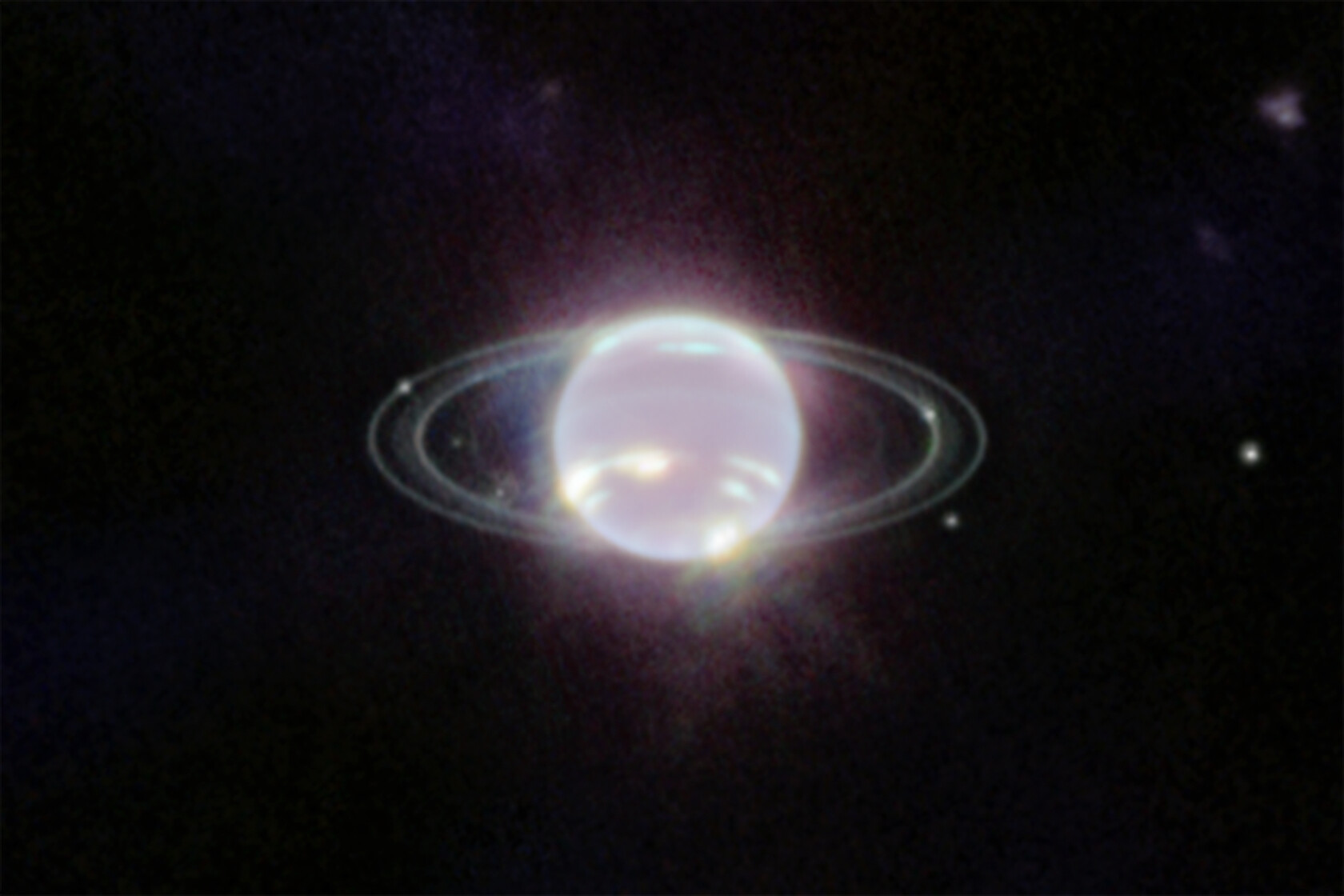
- Some 30 times farther away from the Sun than Earth is the Solar System’s final planet: Neptune.
- Other than a visit from Voyager 2 in 1989, we’ve never had a spacecraft photograph this world from anyplace closer than from Earth itself.
- With the first glimpse of Neptune from the James Webb Space Telescope, we’ve now seen better views of it than any other in the past 33 years. Here’s what we’ve learned.
In many ways, the 8th and final planet in our Solar System, Neptune, is the least understood of all. As the farthest, most distant planet from the Earth, our views of it from afar are dimmer, lower in resolution, and less detailed than all the others. The only way to overcome this limitation is to send a mission closer toward our Solar System’s most distant planet: something we accomplished in 1989 when Voyager 2 performed a flyby of Neptune. In all the years since, we’ve never been back.
Yet Neptune remains a tremendous object of interest, having been imaged from afar by Hubble and numerous 8-to-10 meter ground based telescopes over the years. The near-infrared imaging we’ve been able to perform has revealed features that could never have been seen by Voyager 2’s optical instruments alone. Its position and history in our Solar System tells a unique story, distinct from all the planets.
But everything is different now. The James Webb Space Telescope (JWST) has just taken its first image of the Solar System’s last planet, and just with that one view, it’s already given us more information than we’ve been able to acquire in the 33 years since we last visited there. Here’s a detailed look at the magnificence of what we’re seeing.
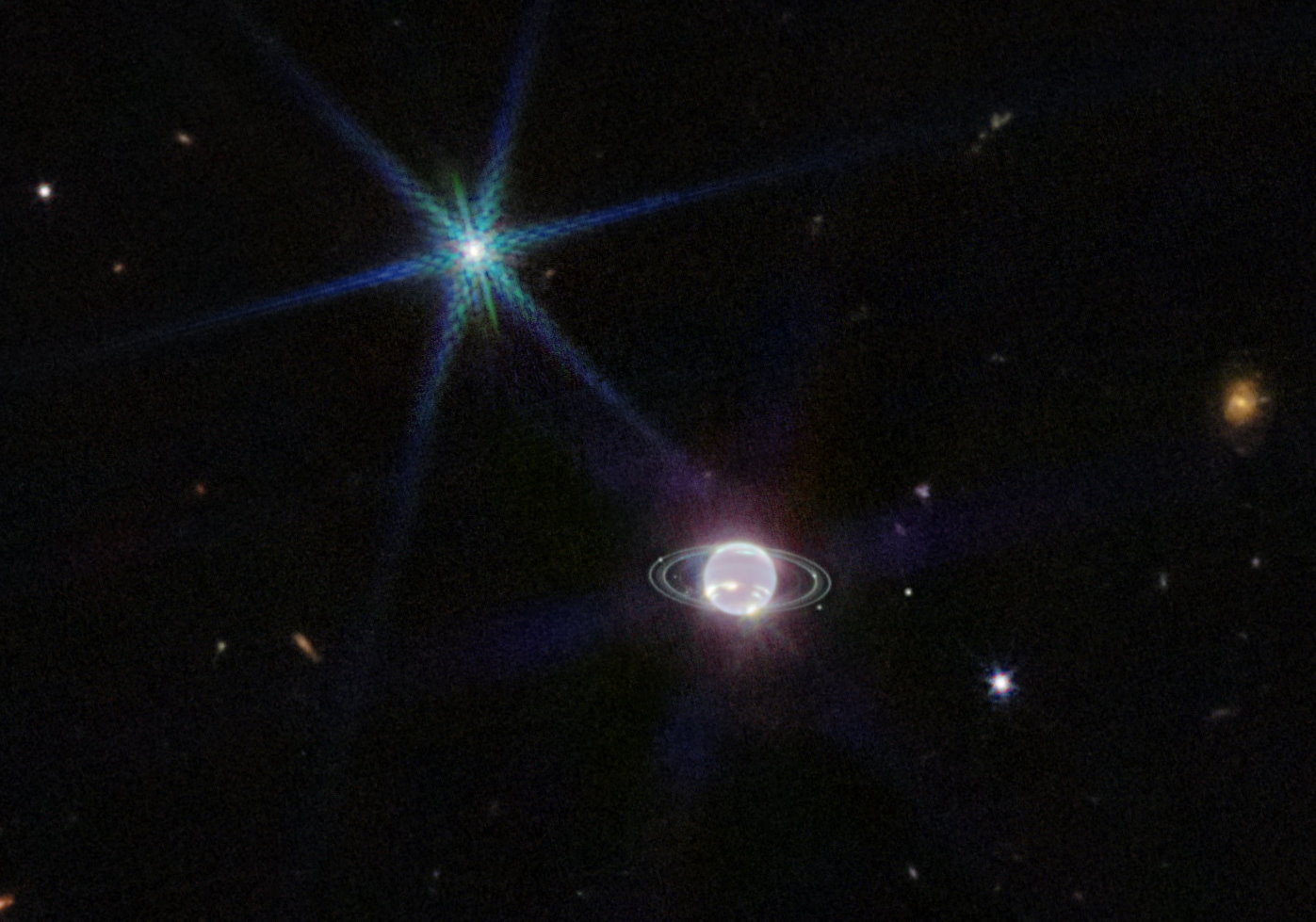
The first thing you might notice, if you look at the JWST view shown above, is the unusual color of Neptune. Quite famously, Neptune is a deep blue-colored planet, in contrast to Uranus’s paler blue color. But seen here, Neptune looks almost white, with bright white spots on parts of its surface and edges, and then with a much less saturated color over most of the rest of its surface.
Beyond Neptune’s surface itself, there are a series of rings surrounding it, appearing similar to but much less magnificent than Saturn’s famous rings.
Along the rings and also nearby, you can see a series of white-light points: many of these are additional moons of Neptune. In total, 6 Neptunian moons can be identified among those points.
To the lower-right of Neptune, a background star from within the Milky Way appears; you can see from our perspective how close Neptune is to it. It’s as though it’s just missed having an occultation: a rare event when a planet blocks the light from a background star.
And most spectacularly, to the upper-left of Neptune, a brilliant blue 8-pronged spike appears: Neptune’s giant moon, Triton.
Let’s take a look at all of these in-depth, plus more, to see what JWST’s unique view reveals to us.

First, check out Triton’s spectacular spikes. This is one of those truly brilliant demonstrations of what JWST is all about. Triton, at this distance, seems like it should be much fainter than Neptune, being so much smaller than the giant planet. Triton is a big moon, for sure: the 7th largest in the Solar System, behind only Earth’s Moon, Saturn’s Titan, and Jupiter’s four Galilean satellites. With a radius of 1353 km (841 miles), Triton is still very small compared to the planet it orbits, as Neptune’s radius is 24,622 km (15,299 miles), or more than 18 times as great.
Yet, despite having 331 times the surface area of Triton — the surface area of an object is what a telescope gathers light from — and being at the same distance from the telescope viewing it, Neptune appears less bright that Triton to JWST’s eyes. Why is that?
The answer is threefold.
- Reflectivity: Triton is largely covered in solid nitrogen, a form of ice at this distance from the Sun. It reflects 70% of the total sunlight incident upon it.
- JWST’s eyes: Instead of seeing visible light, JWST took this image with its NIRCam instrument, sensitive from 0.6 to 5.0 microns. Neptune’s methane-rich atmosphere is excellent at absorbing these wavelengths, and hence Neptune appears very faint.
- High-altitude clouds: These are really the reason that Neptune is as bright as it is: these clouds reflect light, explaining the bright spots on the Neptunian surface to JWST’s eyes.

Looking closer at Neptune, a number of prominent features emerge. There are two main rings visible: the Adams and Le Verrier rings, named after the two theorists who hypothesized the existence of Neptune in the 1800s. There are moons of Neptune along these rings: likely the source of the rings themselves, similar to how Saturn’s Enceladus is the source of Saturn’s E-ring.
But in addition to these two main rings, there are also bands of dust surrounding Neptune: likely from dust grains of various micron-sized chunks. The small, inner moons of Neptune likely provide the material for this dust, which could be kicked up via meteoroid impacts on their surfaces. These dust bands were seen by Voyager 2’s visit, but haven’t been spotted since, until now. According to planetary astronomer Heidi Hammel,
“It has been three decades since we last saw those faint, dusty bands, and this is the first time we’ve seen them in the infrared.”
These include the Lassell ring and the Galle ring, much fainter and more difficult to spot than the Adams and Le Verrier ring, but not too difficult for JWST.
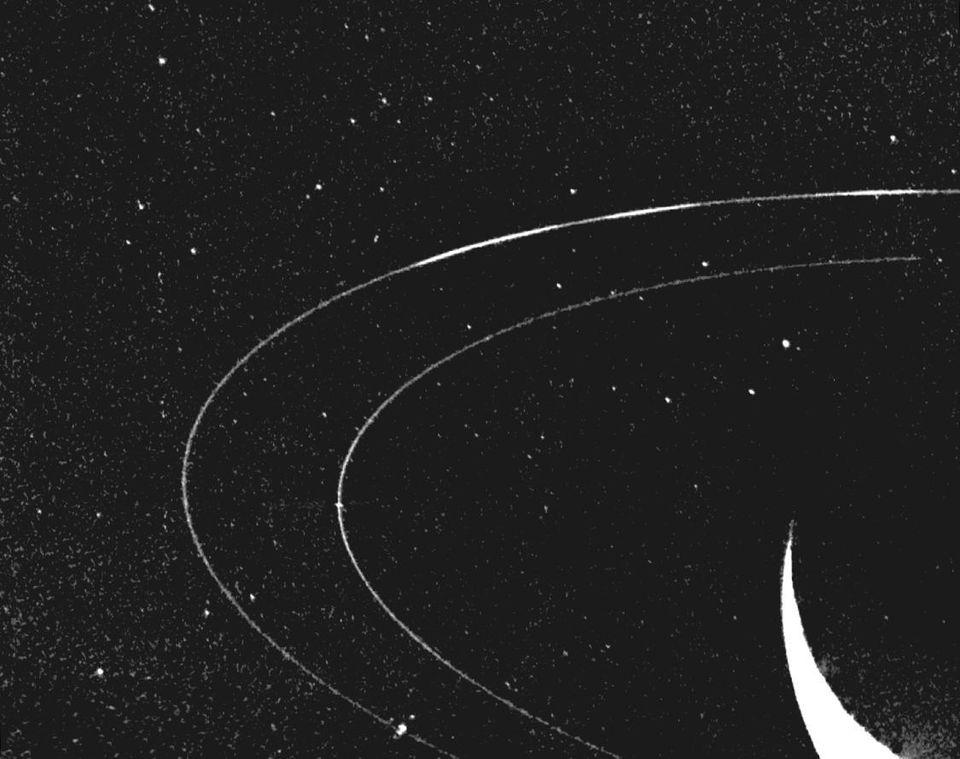
The fact that we can detect features like this at all is entirely due to JWST’s remarkable capabilities. Under normal circumstances with other telescopes and observatories, bright sources will typically see their light bleed into the adjacent pixels, making very faint features that are close to very bright features difficult or even impossible to tease out. But JWST is not only in space, it is also remarkably stable, with pointing stability that’s second to none. Even so close to Neptune itself, the bright features are no match for JWST’s optical and instrumental systems, and these features can be revealed without trouble.
In addition, Triton displays the classic eight-pointed diffraction spike pattern, with an additional honeycomb-like structure overlaid atop it. There’s a great reason for this: these are the precise shapes that very bright sources will make owing to JWST’s unique optical configuration.
- The six bright spikes emerge from JWST’s overall hexagonal, rather than circular, shape.
- The two smaller spikes are because there are three “wires” that hold the secondary mirror in place: two align with the larger spikes but one does not, and that gives rise to the two small spikes.
- And then the “edge effects” of each of the 18 segments come into play, creating the additional features.

Remarkably, this is exactly what was modeled as the ideal configuration for JWST, and the match is astounding. We really are getting the best images possible with JWST.
At this point in its 164-year orbit around the Sun, Neptune’s southern pole is tipped toward the Sun, and hence we’re able to view it (but not its north pole) from JWST’s point of view. The vortex exhibited at the pole was known previously and is a common feature to gas giant worlds, but this is the very first time we’ve been able to see a continuous “ring” of high-altitude clouds at this location.
The other bright spots are also high-altitude clouds, which have been seen previously and which circulate extremely rapidly. Neptune, in fact, has the fastest winds in the Solar System, with average speeds of ~1100 km/hr and with the high-altitude clouds able to move even faster, at speeds up to 1900 km/hr.
But what’s never been seen before — likely because we’ve never probed Neptune this far into the infrared at this resolution before — is a thin line of bright material encircling Neptune’s equator. This will need to be studied further, but early speculation is that the atmosphere descends and heats up at equatorial latitudes, glowing brighter in these infrared wavelengths than the surrounding, cooler material.
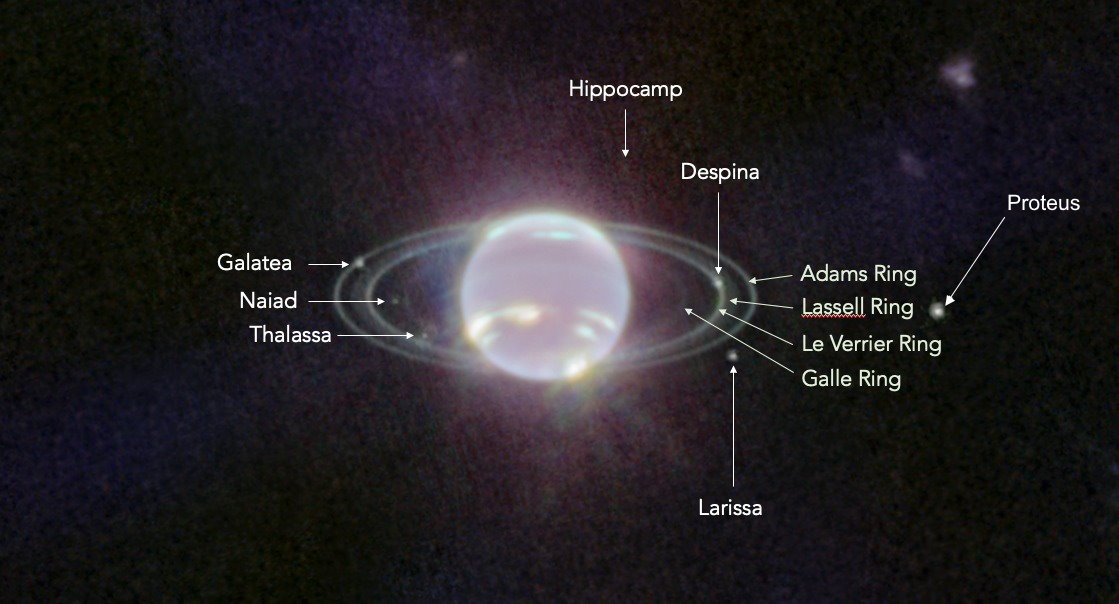
In addition, there are a total of 14 known moons of Neptune:
- 7 small, inner, coplanar moons,
- Triton, the enormous moon that was almost certainly brought in from the Kuiper belt long ago,
- and 6 smaller, highly eccentric, outer moons with randomly-oriented orbits.
In this one image from JWST, Triton obviously appears, but so do all of Neptune’s 7 inner moons. This includes Galatea, creator of the Adams ring, Despina, creator of the Le Verrier ring, and the inner moons Proteus, Naiad, Thalassa, and Larissa. Only Hippocamp, second-outermost of the interior moons of Neptune behind Proteus, is missing: likely caught in the glare coming off of Neptune itself.
In fact, Hippocamp may yet be present, as a faint slightly brighter-than-average spot to the north of Neptune as shown in the image below. Additionally, there’s a bright “haze” coming from the north pole of Neptune. Even though it cannot be seen due to Neptune’s tilt away from the Sun at present, the out-of-sight brightness emanating from that region indicates that there may be something spectacular, just waiting to be revealed, when that north pole comes into view again.

Finally, and perhaps most spectacularly, the widest-field view of Neptune truly showcases the power of JWST: just look at all of those background objects out there. Not just the Neptunian system — including rings, moons, hazes, dust, clouds, and more — but stars and galaxies far beyond our own Solar System are brought into view.
It will likely never cease to amaze us all, astronomers and laypersons alike, just how remarkable JWST is for being able to reveal objects that are, all in one swoop:
- a few billion kilometers away, like objects in the Neptunian system,
- a few light-years to a few thousands light-years away, in the form of stars within the Milky Way, and
- millions to hundreds of millions to even billions of light-years away, in the form of distant galaxies.
In the same image, where the science goal was simply to image Neptune, objects of all these varying distances appear, and in incredible, never-before-seen detail at that.

The reason Neptune appears so vastly different in visible light is the same reason it appears so unique and faint in infrared light: methane. In the infrared, the methane absorbs almost all of the sunlight, reflecting and re-radiating only tiny amounts. It is possible, even likely, that when the MIRI (JWST’s Mid-InfraRed Imager) instrument takes a look at Neptune, it will appear bright again. Neptune itself sits at around a cool 40 K, cold enough so that it’s very faint in the near-infrared, but warm enough that mid-infrared imaging should bring it out.
It’s the small amount of methane gas, however, that gives Neptune its reflective properties and its blue color in the visible portion of the spectrum. The large fraction of methane relative to hydrogen and helium, especially compared to the bigger gas giants in our Solar System, Jupiter and Saturn, explains why Neptune has that characteristic blue color to it. Now, owing to JWST’s remarkable properties, as well as the specific features of the NIRCam instrument and the four filters used to view it — 1.4 microns, 2.1 microns, 3.0 microns, and 4.6 microns — we can truly see our Solar System’s outermost planet in a light like never before.
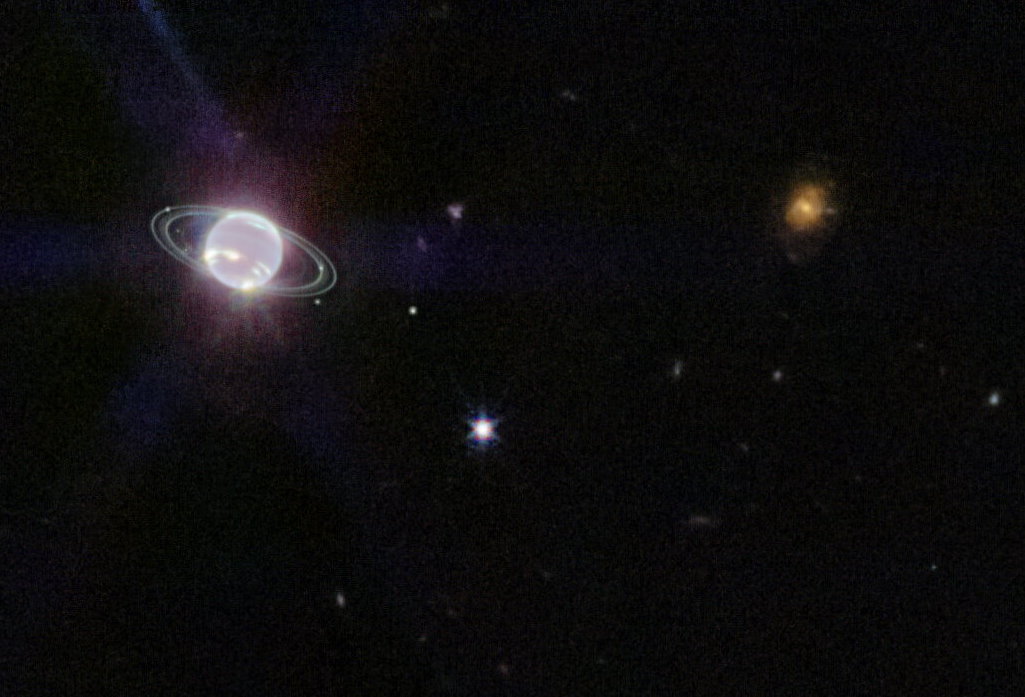
Neptune is so distant from the Sun that, in the 176 years that have passed since humanity first discovered it, it’s only completed a single orbit (plus an additional 7% of a second orbit) around the Sun. In the 65 years since the dawn of the space age, we’ve only performed a fly-by of it once. And yet, it remains an extraordinary object of astronomical interest. Given all the objects lying beyond the major planets and the threats they pose to the inner Solar System, it’s arguable that no world plays a larger role in determining the next great impact than the 8th planet from the Sun: Neptune.
Neptune once very likely had a rich, massive lunar system comparable to all the other planets, but its close proximity to the Kuiper belt led to it capturing Triton — formerly the Kuiper belt’s largest, most massive object — losing all of its moons except the innermost 7 in the process. Now, it has the Solar System’s fastest winds, and the coldest, most extreme conditions of any major planet within reach. If we want to understand how our Solar System formed, evolved, and grew up, we need to account for the history of every planet we possess. Without a proper investigation of Neptune, some parts of our collective history will forever remain obscure.

